Me: I am a 21 year old student living in a small town in India. I would like to call myself a music enthusiast, rather than an audiophile. I was inspired by music since childhood, and as the time passed, the passion of music grew in me, and that subsequently led me to join Head-Fi. Eventually, I found the pleasure of listening to music mainly by the HD600 and recently, by the seductive LCD2 headphones, and realized the true components of recorded music. I usually like to listen to Indian Classical Music along with Bollywood songs. My main listening genres include classical, vocal, instrumental, jazz and sometimes pop. With time, my sonic preferences have very much grown. I avidly admire transparency, accuracy along with neutrality, and my favourite headphones are K702, HD800 & K812.
I do hear differences between different audio cables. I believe in any well built & performing cable which delivers superior quality sonic characteristics, & which is reasonably priced.
Intro: Surf Cables is a high fidelity cable making brand based in San Diego, CA. They are a brand specializing in the area of audio cables. Even though a relatively newer establishment in the field, Surf Cables is quite well known in USA, owing to their cable offerings which have very reasonable price tag & high quality specification standards. They offer customized headphone cables, along with various interconnects. All their cables are hand assembled by qualified engineers in San Diego.

Details & Mechanism of The PRO-1 Cable:
The pair of cables I am writing about is their RCA-RCA interconnect cable offering named PRO-1, which is an audio cable commonly used to connect DAC’s to Amp’s or Amp’s to Preamps and so on. This pair of shielded RCA interconnects uses silver Teflon aerospace/ MIL spec wire. These highly conductive, shielded, rugged cables. The cable is shielded with a copper, silver plated shield. The cable is terminated with industry standard gold plated RCA connectors, Neutrik’s "Rean".

Cardas silver, lead free solder is used to terminate the cables, giving a high quality connection. The two signal carrying conductors within this cable are composed of silver plated copper strands, where each individual strand is silver plated. Each conductor is 22 AWG. Two conductors are used for the signal, and the shield is grounded at one end only, the end with the coloured blue heat shrink. Shielding the cable in this way avoids unwanted ground loops and improves noise isolation. Placing the shield-grounded end at the source component side of the signal is recommended to shunt any noise picked up by the shield into the source component as opposed to the destination component. The cable will work fine in either direction so can be experimented with for best sound.
Let us see how this cable performs,
Design and Build: The entire cable has an excellent overall build. The connector employed is Neutrik’s popular ‘Rean’ series. It is all-metal and is pretty heavy. The RCA jack outer surface is thick and is very rigid. There are two smaller clips which are slightly inward, flexible & attach/adopt to host RCA socket. Gold plating feels quite good and does not wear off for long time. The connectors are marked in red & white bands to identify the Right/Left channel connection. The connector has rubber plug as strain relief, leading to the cable itself.



The cable itself is neither too thick nor too thin, & is fairly flexible. Cable is braided beneath the exterior mesh jacket, ensuring flexibility ruggedness and reliability. Cables beneath this jacket can be felt to be braided. The two blue heat shrinks indicate the direction of current flow from origin to destination.

Sound: This RCA cable from delivers very good sonic performance, and is one of the RCA cables having a great value aspect. Its performance is well related to its price and has a high price/performance ratio. This cable is a safe & a reliable choice. Infact, there are very few such cables which are performing and yet are affordable.

Burn in: I could not notice any major improvement by burn in. But let’s say a playback of about 20 hours will set in the new cable & provide very few/minor audible improvements.
Improvements observed when graduating from stock Choseal/Monoprice RCA cables:
Transparency: Increment in clarity, detail retrieval, increase in soundstage definitions, imaging, & placements. These improvements are at the margin of about 20-30% more when compared to basic or stock cables. There is also increase in ‘speed’ and ‘accuracy’ across all frequencies when heard on high end headphones. Also, Channel Imbalances, and irregularities are mostly eliminated. EMI Pickup and noise floor level are audibly none.
All these improvements are heard on well performing equipments. I have installed this cable on various DAC’s and Amp’s, and in all the setup’s the Pro-1 cable has performed well & audibly superior than stock cables.
Conclusion: The PRO-1 RCA Interconnect from Surfcable is a well performing and well built cable, which serves its objective of delivering the signals from end-to-end with good transparency and plus in a very decent & reasonable price point of 45$.This cable is a great introduction to the sonic upgrades caused by well performing cables. Superior performance cables are very much appreciable in higher end audio gears, and I can say it safe to invest 1/10th the cost of the equipment on a good performance cable. The sonic improvements are evident & are clearly audible, and further optimize the full potential of our equipments.

Pros:
1) Build Quality: Very well built by individual attention by hand using very good quality materials.
2) Sound Quality: Is very satisfactory considering its price, & performs very well.
3) Value: Considering its performance, build, the Pro-1 has a solid price/performance ratio. There is very few such cables having a good performance & value, under 45$.
Cons:
None at this price point




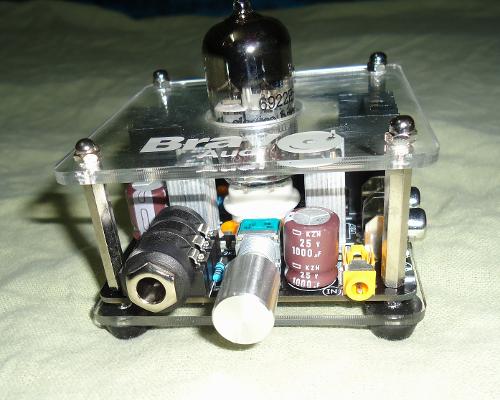


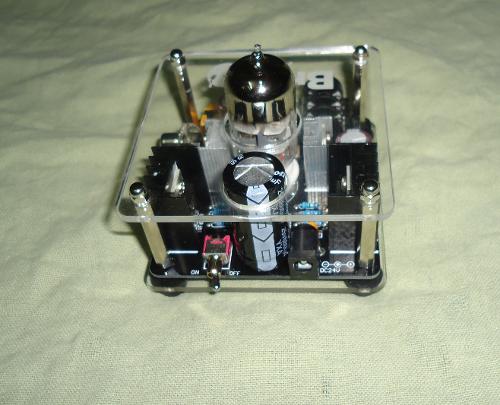



















































































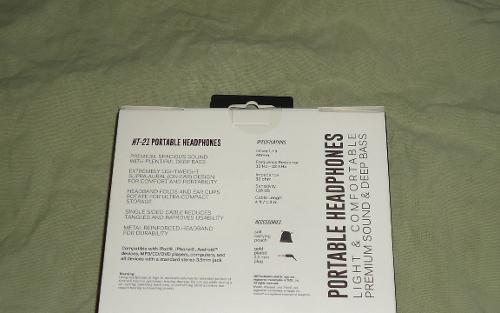
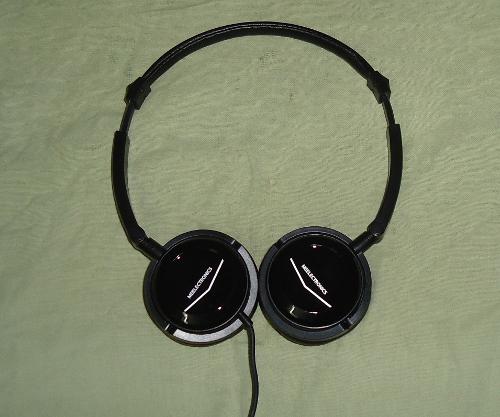



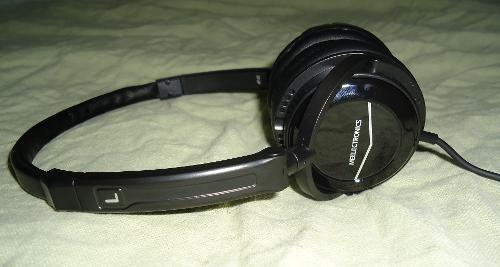


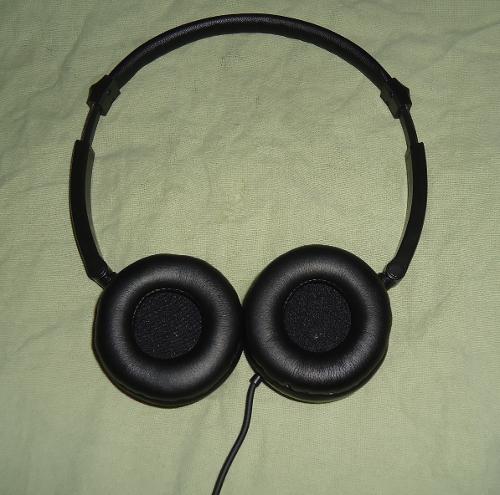


































































































































































I highly recommend Surf Cable for the quality of the cables and flawless service. And just excellent prices for what you receive.